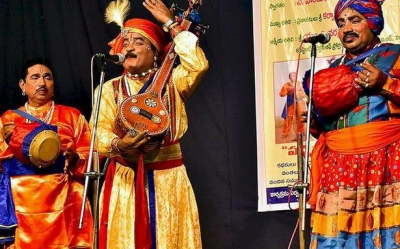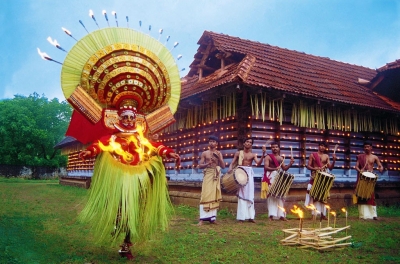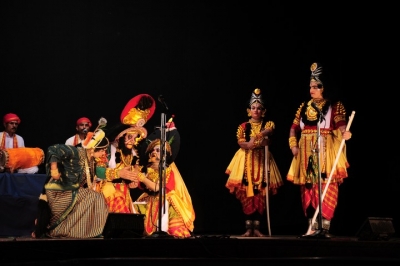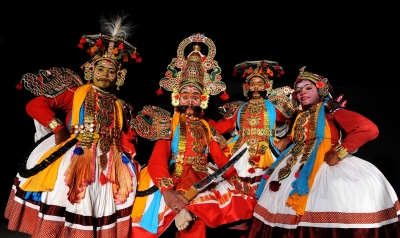What is Burra Katha tradition in Andhra Pradesh?

Though it had been around for years. Burra Katha gained unprecedented prominence during the early 20th Century Because this oral storytelling folk art form got an absolutely new lease of life-from its mostly religious and mythological focus till then, in the 1930s it became a powerful tool during the Indian freedom movement for spreading the message of colonial oppression. Traditionally performed by a three-people team-one lead performer and two others who beat a drum called dinki. Burra Katha was popular in rural areas of not just Andhra Pradesh (including what is now Telangana) but also of Kamataka. Some of the artists still active today have performed this art form for decades, and feel it is losing its sheen because today it does not have many takers, especially among the youth-neither as performers nor as viewers. The theatre form is striving to stay afloat by re-inventing itself in many ways-such as having a troupe of more than three members, not confining to just religious and mythological themes but taking up opportunities to spread message on contemporary issues, etc.
Picture Credit : Google


